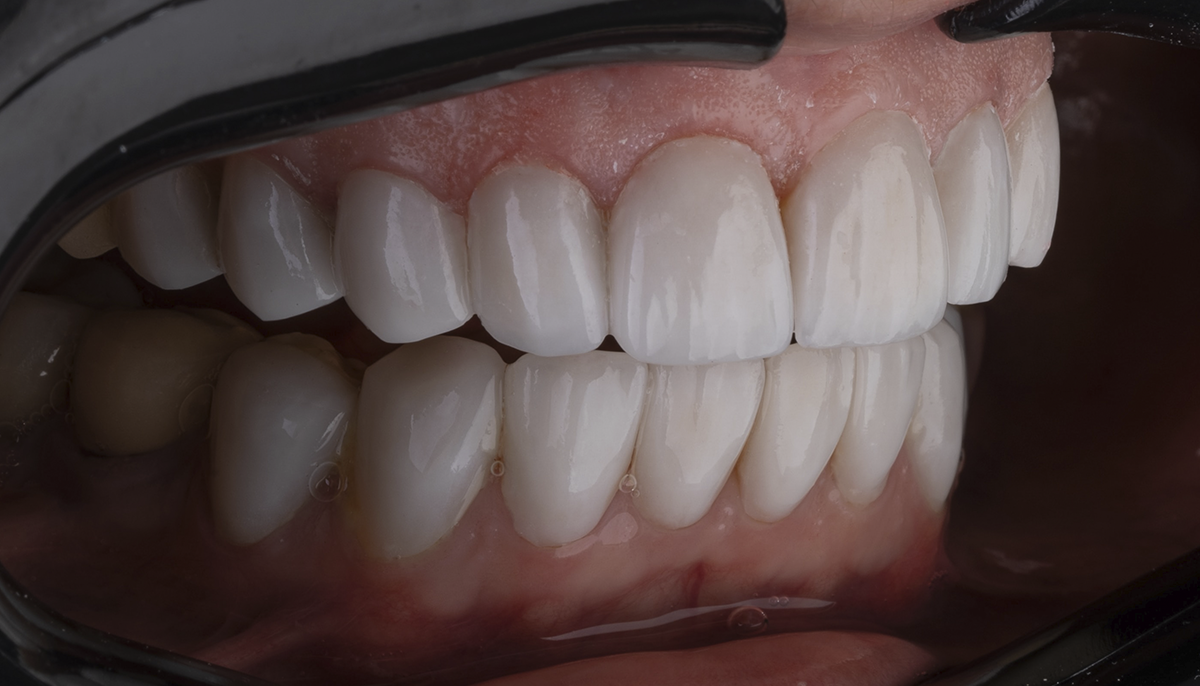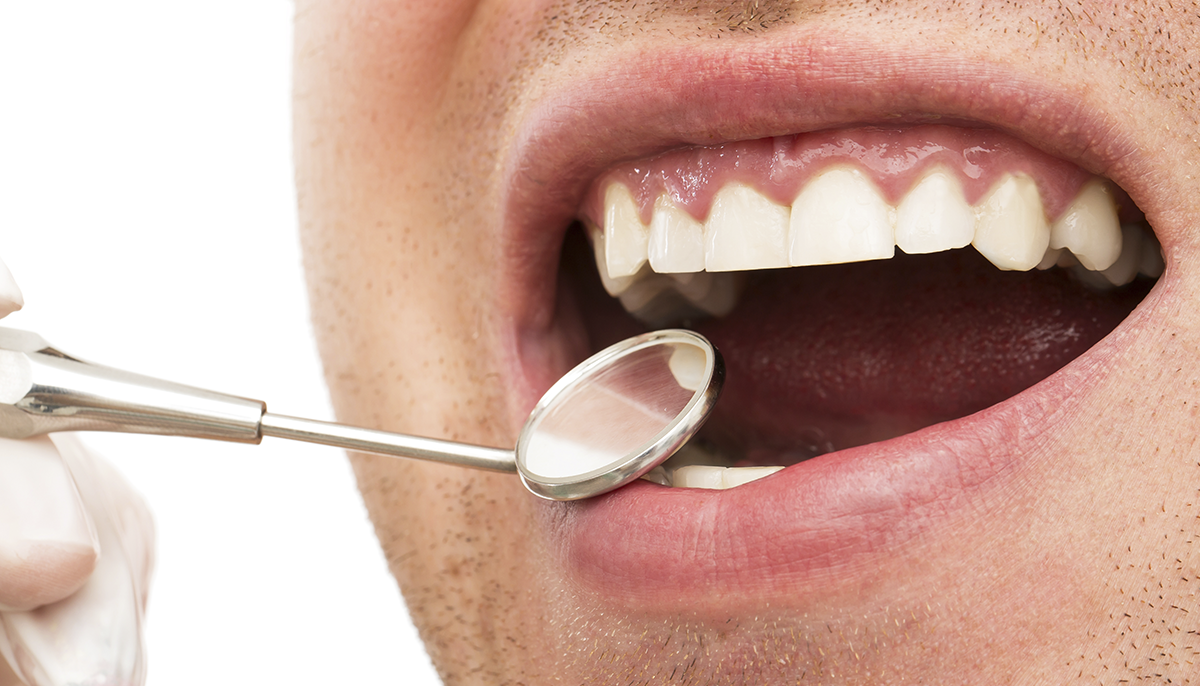
What is periodontology?
Periodontology is a dentistry specialty that focuses on the diagnosis, prevention, and treatment of diseases and conditions that affect the tissues supporting the teeth, including the gums, alveolar bone, periodontal ligament, and the tissue covering the tooth root.
Professionals who specialize in periodontology are called periodontists. They have advanced knowledge and specialized expertise in assessing and treating periodontal diseases, which are those that affect the structures around the teeth.
Periodontal diseases are primarily caused by an accumulation of bacterial plaque and tartar on the tooth surfaces, which, if not properly removed, can lead to inflammation of the gums and the formation of periodontal pockets. The most common periodontal conditions include gingivitis and periodontitis.
Gingivitis and periodontitis are two common yet distinct periodontal conditions that affect the gums and the supporting tissues of the teeth. Both conditions are primarily caused by the accumulation of bacterial plaque and tartar on the tooth surfaces, but they have different characteristics and severities.
Periodontal treatments can include:
Scaling and root planing treatment
Periodontal surgery
Dental implants
benefits of periodontology
The benefits of periodontology include:
Prevention and treatment of periodontal diseases: Periodontology helps prevent and treat issues with gums and supportive tissues of the teeth, which is essential for maintaining oral health and the longevity of natural teeth.
Preservation of tooth health: By diagnosing and treating periodontal diseases early, it’s possible to prevent tooth loss and the need for more invasive treatments.
Enhancement of smile aesthetics: Periodontology is also related to the health and aesthetics of the gums, contributing to a harmonious and attractive smile.
What is Gingivitis?

Gingivitis is the least advanced stage of periodontal disease, representing the initial phase of gum inflammation. It occurs when bacterial plaque accumulates along the gumline, causing irritation and inflammation of the gum tissues. Gingivitis can be reversible if treated promptly and if there is no severe damage to the periodontal tissues.
Symptoms of gingivitis include:
- Red, swollen, and sensitive gums.
- Bleeding during brushing or when using dental floss.
- Persistent bad breath.
- Gum recession, which may lead to tooth sensitivity.
The treatment for gingivitis involves proper oral hygiene, including regular brushing and flossing to remove bacterial plaque. Additionally, a professional cleaning performed by your dentist or dental hygienist is essential to remove accumulated tartar.
What is periodontitis?

If gingivitis is left untreated, the inflammation can deepen, affecting the supportive tissues of the teeth, such as the alveolar bone and periodontal ligament. This more advanced condition of gingivitis is known as periodontitis. In periodontitis, the gums pull away from the teeth, creating periodontal pockets that accumulate bacterial plaque and tartar. Over time, infection and inflammation damage the alveolar bone and periodontal ligament, resulting in loss of support for the teeth.
Symptoms of periodontitis include:
- Swollen and red gums that bleed easily.
- Persistent bad breath.
- Tooth sensitivity.
- Significant gum recession.
- Tooth mobility or movement.
- Formation of pus-filled abscesses around the teeth.
The treatment for periodontitis is more complex and may involve:
- Scaling and root planing: Removal of bacterial plaque and tartar from the root surfaces of the teeth to clean the periodontal pockets.
- Periodontal surgery: In advanced cases, surgical procedures may be necessary to remove infected tissue and restore periodontal tissues.
It’s important to treat both gingivitis and periodontitis early to avoid serious complications such as tooth loss and structural damage to the supportive tissues of the teeth. Prevention is key, and maintaining good oral hygiene and annual visits to your dentist are essential to prevent and treat gum and periodontal issues.
